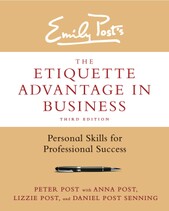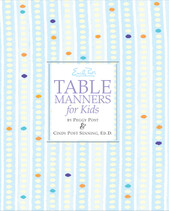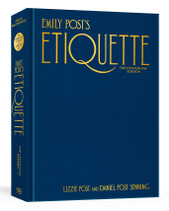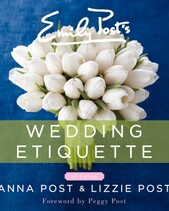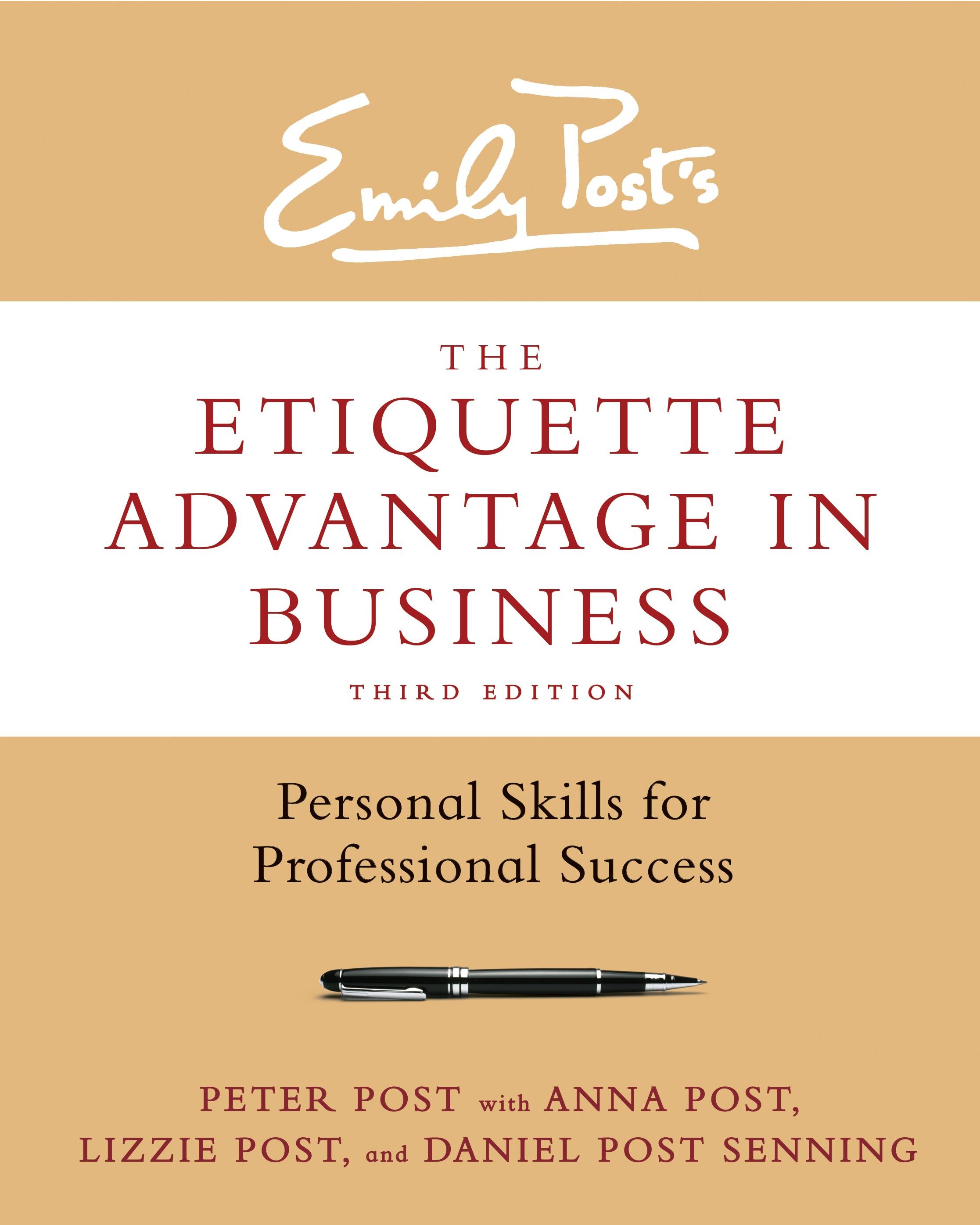
Effective Business Letters
The old-fashioned personal business letter—written on pristine, high-quality paper, sealed in an envelope, and delivered by post or by hand—remains the single most impressive written ambassador for your company.
A letter has a dignity that cannot be equaled by electronic mail. E-mail has a spontaneous, off-the-cuff quality akin to a phone call. A letter, by contrast, says that someone has planned, written, edited and typed their message. In other words, the sender has expended time—that most precious commodity—to communicate with the recipient.
It's a shame, then, that so many businesspeople regard writing business letters as a chore. But it doesn't have to be that way. If you aim for accuracy, clarity, and coherence, and follow the basic rules of form and grammar, you can master the craft of writing business letters.

Business Letter Format
The format of a standard business letter includes these parts:
Dateline
This consists of the month, day, and year. The month is spelled out in full, and all numbers are written as numerals (January 1, 2010, not Jan. 1 or January 1st). The date is typed two to six lines below the letterhead, usually on the right side of the page, although flush-left and centered datelines are also perfectly acceptable.
Reference Line
Some letters require specific reference to file, account, invoice, order, or policy numbers. These references are usually typed below the dateline, but they may also be centered on the page. When the letter runs longer than one page, the reference line is repeated on each subsequent sheet.
Special Notations
When necessary, letters may include notation of the means of delivery ("Certified Mail" or "Registered Mail") or on-arrival instructions, such as "Personal" (to be opened and read by the addressee only) or "Confidential" (for the addressee or other authorized personnel). These lines are typed in all capital letters and placed flush left, four or five spaces below the dateline, and two lines above the inside address. On-arrival notations are also printed in capital letters on the face side of the envelope.
Inside Address of the Recipient
The inside address is usually typed three to eight lines below the dateline. When a letter is addressed to an individual, the inside address includes the following:
- Addressee's courtesy title and full name. When writing to a woman who you don't know, you address her as "Ms." For unisex names like Pat, Jan, Leslie, Alex, Hillary, and Lynn, however, a phone inquiry to the recipient's firm to confirm his or her gender will save potential embarrassment. Names from other cultures can pose the same problem. If you cannot discover the sex of the person, drop the courtesy title in the address and salutation: "Jan White"; "Dear Jan White". It's awkward, but better than risking an unintended insult. For physicians, either "Dr. Smith" or "Jane Smith, M.D." is acceptable; and for academics, "Dr. Smith" or "Jane Smith, Ph.D." are correct.
- Addressee's business title, when required. When an individual holds more than one position in a company, your decision to use all titles or just one will depend on the purpose of the letter and the recipient's preference. Do not substitute a business title for a courtesy title, however. Address your letter to "Mr. Richard Lambert, President, Alpha Company," not "President Richard Lambert."
- Name of the business. It is equally important to write the name of the company or organization exactly. Look for details: Is "Company," "Corporation," or "Incorporated" spelled out or abbreviated? Does the company name include commas, hyphens, periods, or ampersands? Are words run together? Which letters are capitalized? Find out by checking the firm's website, letterhead, corporate publications, or a phone book.
- Full address. In the address, numbers are generally written in numeral form unless they are part of the name of a building (One Town Plaza). As a rule, street numbers are written in numerals (123 East 17th Street), though First through Twelfth are often written in full. Also, spell out any number or letter that may cause confusion. City names are written in full unless an abbreviation is the accepted spelling (St. Louis). State names can be written out or the two-letter Postal Service abbreviation can be used, followed by the ZIP code. Foreign addresses should conform to the standards of the country of receipt. For a letter to a business or organization, the address line includes the following:
- Full name of the company, firm, or organization
- Department name, if necessary
- Full address
- To the attention of. If you are writing a company or company department, you may also want to include an attention line that directs your letter to a specific individual ("Attention: Mr. Benjamin Hayes" or "Attention: Director of Health Benefits"). The attention line is placed two spaces below the address and two lines above the salutation. The salutation itself is directed to the company or department.
Salutation
Your salutation is your greeting. In most cases, it is a simple "Dear Mr. / Ms. / Mrs. / Dr. _____:", followed by a colon. It is the standard to salute a person in a business letter with the same name form you use in person; so use a person's first name only when you know the addressee well or have agreed to correspond on a first-name basis. If in doubt, start with a formal address and wait to be invited to use a first name.
What to write when you are addressing a company rather than an identifiable person? The old-fashioned "Gentlemen" is obviously unacceptable unless the organization includes no women. "Sir and Madam" and "Ladies and Gentlemen" sound stilted. "To whom it may concern" is acceptable but rather formal and cliched. The best solution is probably to address the company ("Dear Blue Sky Investments") or department ("Dear Investor Relations") or to direct your salutation to a specific position ("Dear Human Resources Director","Dear Sales Representative").
Body
Whether your letter consists of a single paragraph or several, the chief rule here is brevity. Business letters should never go beyond one page unless absolutely necessary. The trick is to be concise and to the point, while thoroughly covering the topic.
Ending
When ending your message, stay friendly and brief. If you know the recipient, it's fine to end on a personal note: "I enjoyed seeing you at the trade show and hope your trip home was pleasant." Even if you don't know the person, your closing can be friendly and helpful: "I look forward to talking with you soon." or, "Please call me directly at 555-1212 if you need additional copies of the report." It is always polite to say thank you for a service or attention. Do not, however, thank someone for something they have not yet done: "Thank you in advance" is presumptuous.
Complimentary close
A complimentary close is used on most letters, typed two lines before the last line of your message and usually positioned flush left on the page. In most business letters, you want to end on a friendly but not too familiar note. Use variations of "truly" ("Yours truly," "Yours very truly," "Very truly yours") or "sincerely" ("Most sincerely" "Very sincerely," "Sincerely yours," "Sincerely"). "Cordially" and its variations are proper closings for general business letters, especially when the writer and recipient know each other. If you are on a first-name basis with your addressee, informal closings are appropriate ("As ever," "Best wishes," "Regards," Kindest regards," "Kindest personal regards"). Closings such as "Respectfully and "Respectfully yours" indicate not only respect but also subservience; they're mostly used in diplomatic and ecclesiastical writing, not business letters.
Signature
Your handwritten signature will appear below the complimentary close, followed by the typed signature. Your business title and company name may be needed, but don't repeat information that already appears in the corporate letterhead. Your name is typed just as in your handwritten signature. A courtesy title "Ms.","Mrs.", and, less commonly, "Miss,"may be added to indicate the writer's preference. Academic degrees (Ph.D., LL.D.) and professional ratings (CPA) may also be included in the typed signature. If more than one writer is signing a letter, the written and typed signature blocks can be placed either side by side or stacked vertically.
Final Notations
If your letter is typed by someone else, the typist's initials may be included two lines below the signature block. Once standard in business letters, the use of initials is now a matter of corporate style.
When you are enclosing materials with your letter, the notation "Enclosure," "Enc.," or "Encl.", sometimes with an indication of the number of enclosed pieces—"Enclosures (2)"—is typed below the signature block. The notation "Separate mailing" or "Under separate cover" followed by the name of the piece or pieces ("Separate mailing: 2004 Annual Report") appears when materials are being sent separately.
Courtesy copies—notated as "cc:" or "Copies to"—indicate that your letter is to be distributed to other people. The names of these recipients are listed alphabetically, and you may also include their addresses if this will be helpful to your recipient.
A postscript, or P.S., can be added below the last notation and should be initialed by the letter writer. Postscripts are a common tactic in contemporary direct-mail advertising, as if the writer had one last brilliant reason for you to buy the product. With word processing, however, P.S.'s are rarely necessary and may signal to the reader that you did a poor job of organizing your thoughts if you left important information out of the body of your letter.
For information on Emily Post Business Etiquette Programs contact Renee DeBell at [email protected].
